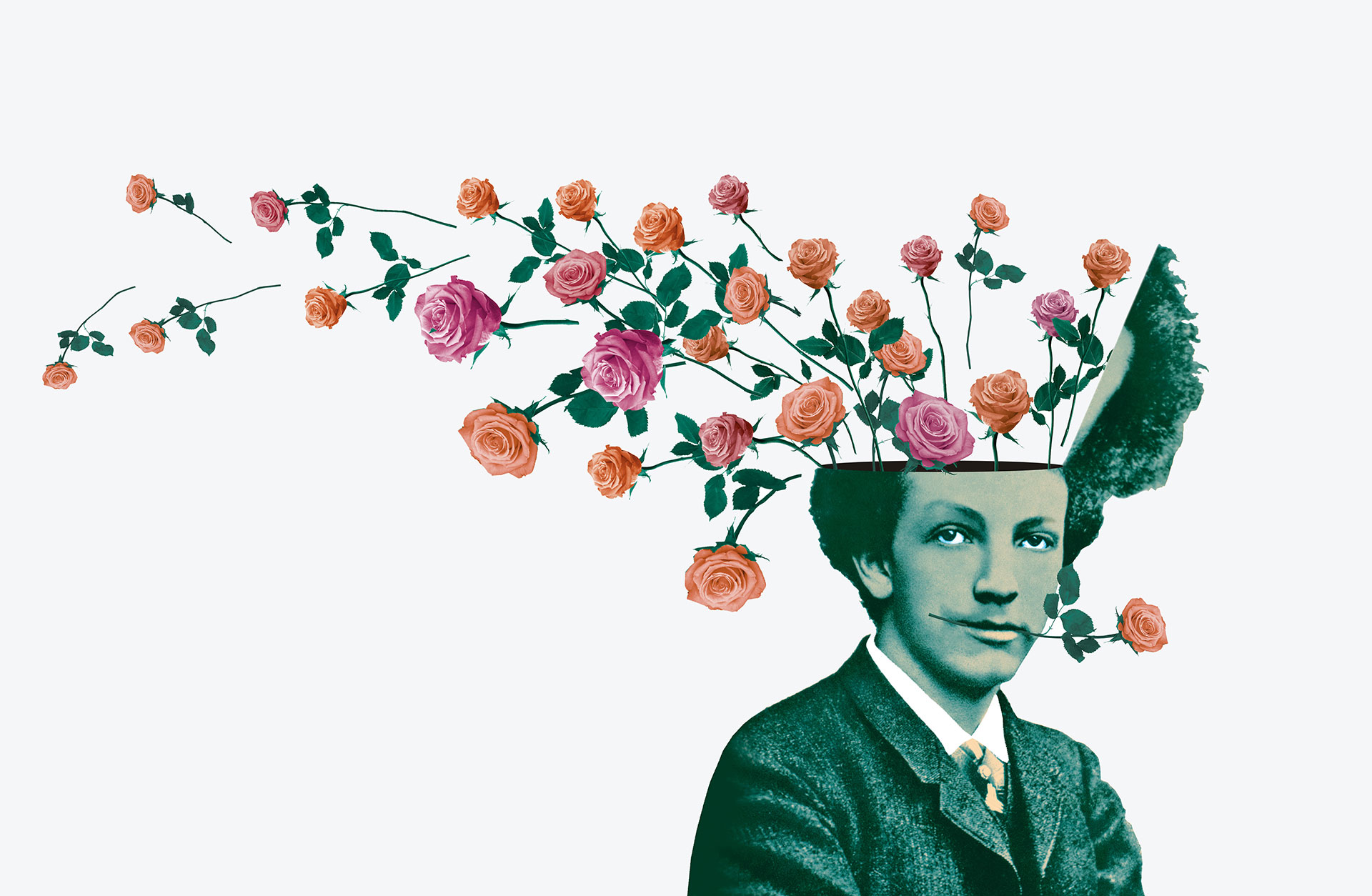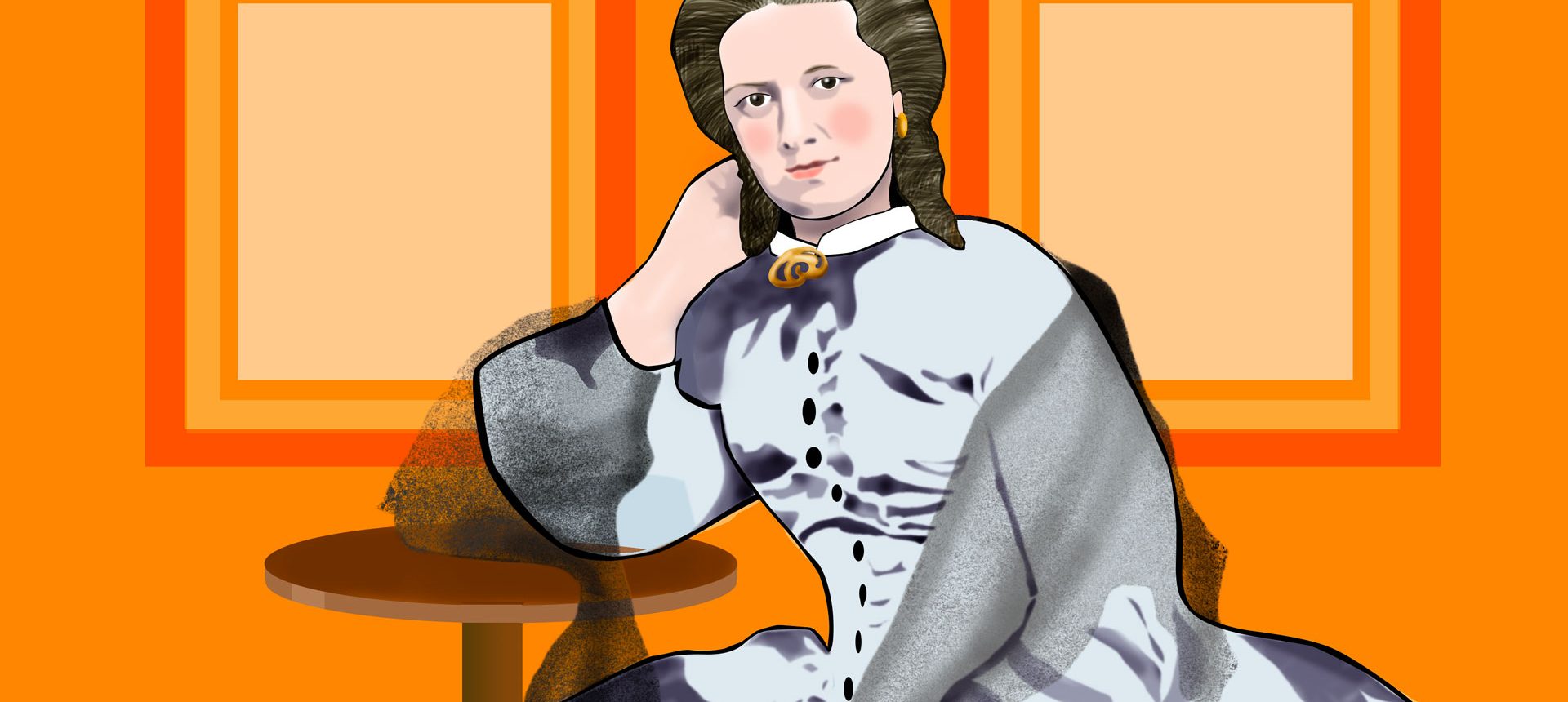The second half of the 19th century was the height of romanticism. In salons and concert halls, audiences gathered to enjoy music with feelings and vivid visions of life, from the showy waltzes of the ballroom to the intuitive folk tunes of the hometown tribute. Increased mobility also made foreign education available to artists. Young composers from the Nordic countries traveled to Paris and Berlin to learn from masters. So did Laura Netzel, who was born in Finland in 1839 but grew up in Stockholm. She made her debut at the age of 18 as a pianist at the Swedish Court Ensemble. As an adult, she had the opportunity to travel to Paris and study composition with the organist Charles-Marie Widor.
More about Laura Netzel
Her debut as a composer came when she was 35 years old with a cappella songs at Harmonic Society’s concerts in Stockholm. She became famous when the magazine Idun published a report on the female pioneer in 1891 and said that compositions by “N. Lago” has “masculine power in dedication and elaboration”.
Her work Stabat Mater for choir, organ and ensemble was printed in 1898 by a publisher in Paris and praised by several French journals. The vocal part of the work was described as “performed with great competence and aesthetic taste”.
Laura Netzel was very involved in charity and organized concerts and bazaars to raise money. She was married to Professor Wilhelm Netzel and became one of the cultural figures who contributed to the establishment of Skansen Open-air Museum in Stockholm. In 1892, she started music evenings on Saturdays for Stockholm’s working population, and came to contribute to the popular music movement in the same way as her friend and colleague Elfrida Andrée did in Gothenburg. She found premises for her music evenings both on Malmskillnadsgatan and at the Vetenskapsakademien.
Her life’s work consists of 92 listed opus and includes a fantasy for orchestra, a suite for violin and string orchestra, a concerto for two pianos and another unfinished piano concerto. Also chamber music, songs and cantatas.
A few years ago, the first biography of the Finnish-Swedish pioneer Laura Netzel came out, a book that not least touches on the difficulties female artists were exposed to when criticism was based on general comparisons with men. As a composer, she has been praised today for her melodic ingenuity and bold harmonics, but at the same time unadorned naturalness in true romantic spirit.
Listen to her music
Let the playlist tempt you with the very best of Laura Netzel

The composers behind the most famous masterpieces
Take the opportunity to get to know some of the composers behind the most famous classical masterpieces and listen to their music. Maybe it will be the start of a lifelong friendship.

